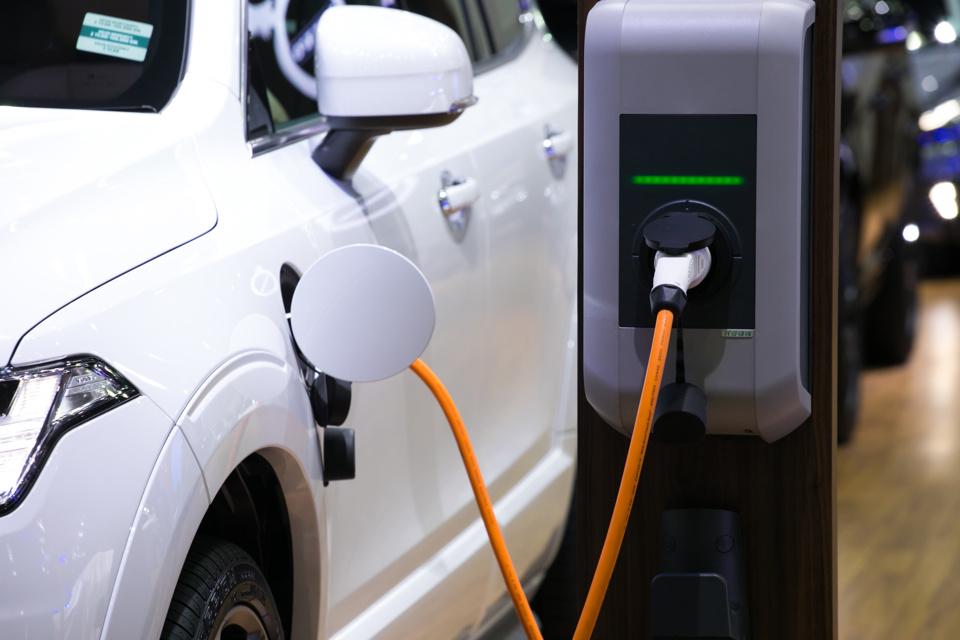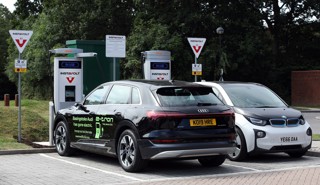Smart technology could unlock the potential for the rollout of thousands of electric vehicle (EV) charge points, according to UK Power Networks.
It has shown that more than 500 electric vehicles chargers could be connected around a single electricity substation, using new software rather than building new cables and substations.
The trial used artificial intelligence (AI) computer simulation to successfully test the Active Response software on a London substation, which automatically moved electrical capacity around the network to accommodate demand.
The trial is a key part of UK Power Networks’ work on ‘smart grid’ development.
Just one rapid EV charger can use as much electricity capacity as a block of flats, so proactively ‘creating space’ for new chargers is a key step in enabling the UK’s move to Net Zero carbon emissions by 2050, it says.
The simulation was based on a substation in Tooting in south London. Active Response processed vast amounts of data and used switches to automatically reconfigure power flows around the network, and efficiently distributed electrical load across the available infrastructure.
One of the simulations tested a ‘peak demand’ scenario in the evening when people are at home cooking, using electric heating and charging electric cars.
The system identified a way to unlock 1,000kW of capacity -– equivalent to 142 fast chargers – and there was scope for more from other cables.
Ian Cameron, head of customer service and innovation at UK Power Networks, said: “To reach Net Zero carbon emissions by 2050, we need to facilitate millions of electric vehicles and heat pumps and work even faster to connect more renewables.
“These results are exciting because they show that intelligent innovation can have a multiplier effect and make this future a reality.”
Experts at UK Power Networks believe the software solution could release capacity for 568 additional EV chargers in Tooting alone.
There are 195 primary substations like this across London and 1,313 across the South East and East of England that share similarities – so the software has potential to enable thousands more fast chargers to be connected in other areas. The project team is now preparing to trial the system on the live electricity network.
Project partners include CGI and Ricardo Energy and Environment. Symon Brown, account director at CGI, said: “CGI are proud to be a partner on Active Response.
“As a team, we have come a long way in informing how a rapidly changing energy network will operate in the future.
“We have had some impressive results, and as the transition to Net Zero will be enabled through projects like this, it is evident that Active Response is an important step along the way.”






















Login to comment
Comments
No comments have been made yet.